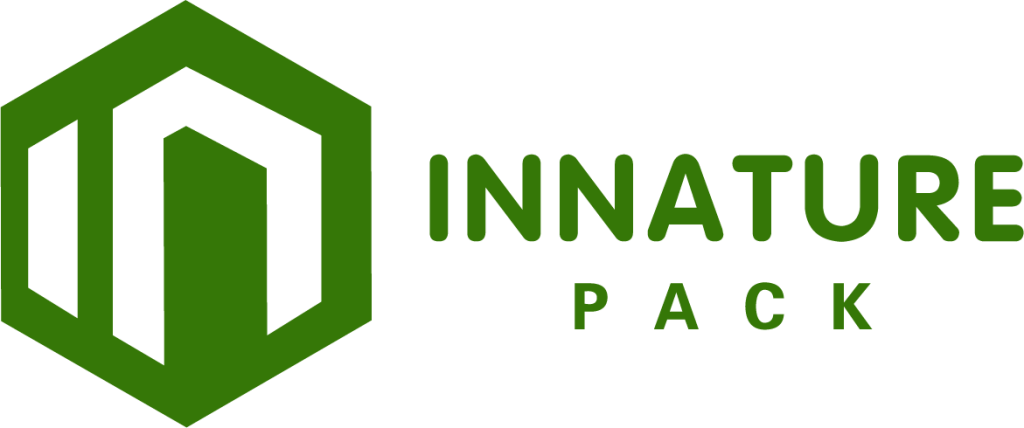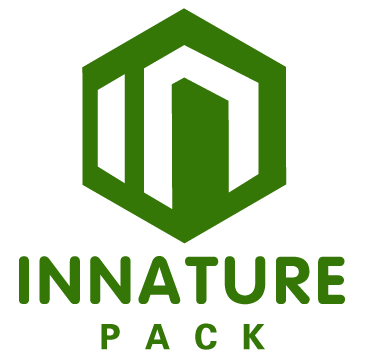In recent years, the term “PFAS-free” has gained prominence in the world of food packaging — and for good reason. As consumers become increasingly concerned about the health and environmental impacts of synthetic chemicals, regulatory agencies and responsible brands are taking action. But what does PFAS-free really mean? And why should your business care?
This guide breaks down everything you need to know about PFAS in food packaging — including the science, the risks, the regulations, and most importantly, the safer alternatives your business can adopt today.
What Are PFAS?
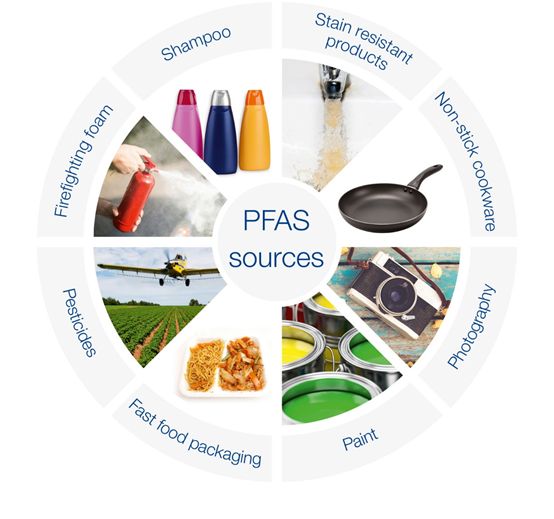
PFAS stands for Per- and Polyfluoroalkyl Substances, a large group of over thousands of synthetic chemicals developed since the 1940s. These substances are known for their strong carbon-fluorine bonds, which make them highly resistant to heat, water, and oil.
Because of these properties, PFAS have been used in:
- Non-stick cookware
- Water-repellent clothing
- Stain-resistant carpets
- Firefighting foams
- Grease-resistant food packaging
However, PFAS are also known as “forever chemicals” because they don’t break down easily. They accumulate in the environment, in animals, and in the human body — with potentially serious consequences.
Why Are PFAS Harmful?
Environmental Impact
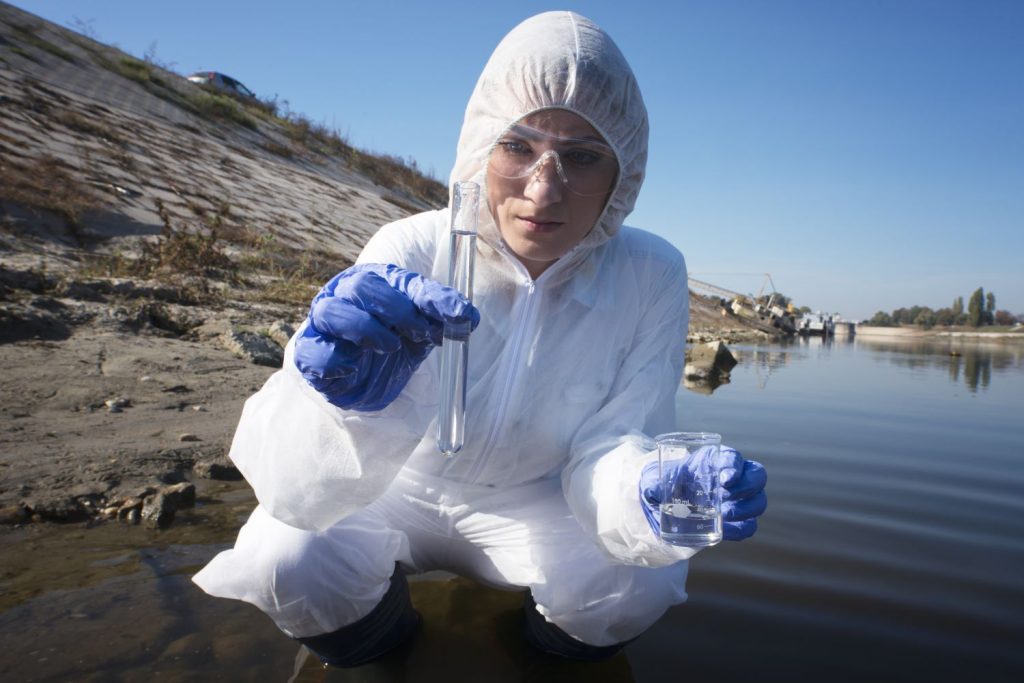
PFAS contamination has been detected in groundwater, soil, rivers, wildlife, and even rainwater. According to the U.S. Environmental Protection Agency (EPA), PFAS contamination is widespread in the United States, with thousands of sites reporting elevated levels.
A 2020 study found PFAS in the drinking water of over 200 million Americans.
Health Impact
There are long-chain PFAS and short-chain PFAS, where long-chain types are usually more toxic and more likely to hang around longer.
Many PFAS compounds are toxic even at low levels. The U.S. Agency for Toxic Substances and Disease Registry (ATSDR) has linked exposure to PFAS with:
- Increased risk of some cancers (e.g., kidney and testicular)
- Liver damage
- Immune system suppression
- High cholesterol
- Developmental delays in infants and children
- Reduced vaccine efficacy
These findings have led both public health agencies and environmental groups to call for a complete phase-out of PFAS in consumer products — particularly food-contact materials.
PFAS in Food Packaging: How It Works
In food packaging, PFAS are typically applied as coatings to paper-based materials. These coatings help prevent oil and moisture from seeping through — a useful trait for takeout boxes, fast food wrappers, compostable containers, and molded pulp tableware.
But here’s the problem: These coatings can leach into food, especially hot, fatty, or acidic food. Once ingested, PFAS build up in the human body over time.
Defining “PFAS-Free” in Packaging
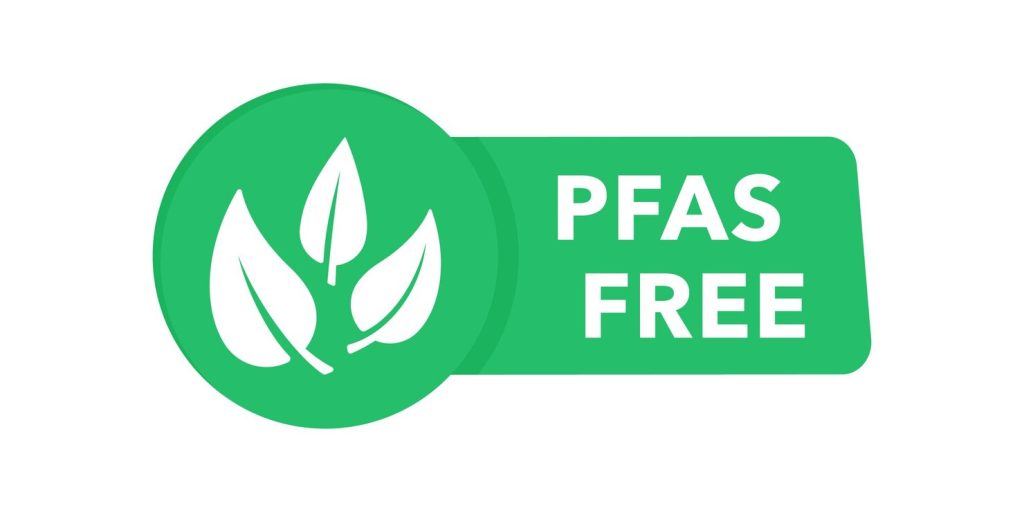
PFAS-free food packaging should strictly refer to the material being free of perfluoroalkyl and polyfluoroalkyl substances. These manmade substances are often employed for their grease- and water-repellent properties. The U.S. EPA’s CompTox chemicals database identifies nearly 15,000 PFAS chemicals—such as the well-known PFOA and PFOS.
PFAS are ubiquitous in everyday products, including burger wrappers, popcorn bags, and pizza boxes. For that reason, the demand for PFAS-free options is skyrocketing. Contrary to the claims made by the buyers, more buyers indeed want clear labels and honest marketing.
However, not all brands interpret “PFAS-free” the same way. This creates confusion for consumers and manufacturers alike on what is safe.
1. No Single Universal Standard Yet
Some states and countries are already doing this. Others have adopted varying rules. California and New York both impose their own state limits and bans. Europe is preparing to implement sweeping regulations via ECHA.
This patchwork of laws creates a confusing and difficult environment for businesses trying to stay compliant. Clearer, more consistent standards would be beneficial all around. By backing industry associations and encouraging open conversations, businesses can advocate for stricter, clearer rules across the board.
2. Understanding “Intentionally Added” PFAS
PFAS that are intentionally added to packaging are used primarily to repel grease. Others come in unintentionally from the environment. Businesses need to understand the limits used and stay abreast of more sensitive test methods.
Typical examples include fast-food wrappers and microwave popcorn bags. The more we can circulate this information, the better informed buyers will be to make good choices.
3. Navigating Detection Limits & Thresholds
PFAS are ubiquitous environmental contaminants that require sensitive detection tools, as even minor traces can be significant. Detection limits aren’t uniform, meaning what is considered “free” could vary.
Having reliable testing and being proactive in staying ahead of new tech can ensure companies remain compliant.
4. Industry Certifications: What to Look For
- Material choices: Brands using plant-based barrier coatings instead of fluorinated compounds.
- 3rd-party certifications (e.g., TÜV, SGS) verifying absence of PFAS.
- Supplier transparency: Clear documentation and test reports.
Benefits of Switching to PFAS-Free Packaging
| Benefit | Description |
|---|---|
| ✅ Regulatory compliance | Meet or exceed current and upcoming food safety laws |
| ✅ Brand trust | Consumers are increasingly eco- and health-conscious |
| ✅ Safer for customers | No chemical leaching into food |
| ✅ Safer for workers | Avoid PFAS exposure during manufacturing or handling |
| ✅ Waste-friendly | Compostable and landfill-safe |
Tip: If your packaging claims “compostable” but contains PFAS, it may not be accepted in many industrial composting facilities.
PFAS-Free Doesn’t Mean Performance Sacrifice
Some businesses worry that PFAS-free packaging won’t resist grease or moisture as well. In reality, modern materials technology has developed plant-based coatings that perform just as well — without the toxic side effects.
At InNature Pack, we’ve successfully supplied PFAS-Free products to:
- Catering services & meal delivery brands
- Hotels and hospitality groups
- Wholesalers of disposable foodservice goods
Navigating global PFAS Regulations
Global PFAS regulations are rapidly evolving with increasing restrictions and bans focused on reducing environmental and human health risks posed by these persistent chemicals. Here is an overview of the key regulatory developments and trends worldwide as of 2025:
| Region | Key Regulatory Body | Main Regulations / Timeline | Details |
|---|---|---|---|
| Europe | European Chemicals Agency (ECHA), European Commission | – Comprehensive PFAS restriction proposal under REACH (decision expected 2025) – Ban on PFAS in firefighting foams (transition period up to 10 years) – Restrictions on PFAS in food contact materials (enforced from 2026) | – Targets over 10,000 PFAS substances for broad restriction – Phased implementation with derogations for critical uses – Covers textiles, packaging, construction, medical devices – Strong enforcement with penalties via ECHA |
| United States | U.S. Environmental Protection Agency (EPA), State Environmental Agencies | – Significant New Use Rule (SNUR) for inactive PFAS (ongoing) – State-level bans and restrictions (e.g., Minnesota’s law effective 2025) | – Federal regulations fragmented; states lead with stricter rules – Minnesota bans PFAS in multiple product categories starting 2025 – Other states (CA, NY, CO) impose limits on PFAS in consumer products – Reporting and notification requirements for new PFAS uses |
| Japan | Ministry of Economy, Trade and Industry (METI), Ministry of the Environment | – Ban on PFOA and related substances (since 2021) | – Restrictions on production, import, and use of PFOA and salts – Aligns with international phase-out efforts |
| Canada | Environment and Climate Change Canada (ECCC) | – PFAS restrictions under Canadian Environmental Protection Act (CEPA) (ongoing updates) | – Controls on manufacture, import, use, and release of certain PFAS – Emphasis on monitoring, risk assessment, and phased restrictions |
| China | Ministry of Ecology and Environment (MEE) | – Inclusion of PFOS, PFOA, PFHxS in Strictly Restricted Toxic Chemicals List (2023) – Prohibition on production, processing, and use (except specific exemptions) | – Strong measures targeting key PFAS compounds – Focus on reducing environmental releases and human exposure |
Sourcing Safer Packaging Alternatives
For companies, sourcing safer packaging alternatives is about more than keeping up with trends. These persistent PFAS chemicals in packaging have justifiably stoked fears about their health and environmental impacts. Such bans are already in effect in Denmark, Rhode Island, and San Francisco.
Transitioning to PFAS-free packaging has become a more realistic and actionable step. What this looks like specifically sourcing safer materials that perform, protect food, and meet changing regulations. More companies are testing the chemical composition of their packaging and more food commodities and analyzing how they migrate into different food types.
Biodegradable and compostable packaging alternatives, such as those created from plant-based materials, are becoming more prevalent. They degrade more quickly and produce less debris. Companies such as InNature Pack have begun to provide plant-based packaging that meets these requirements.
InNature Pack’s PFAS-Free Commitment
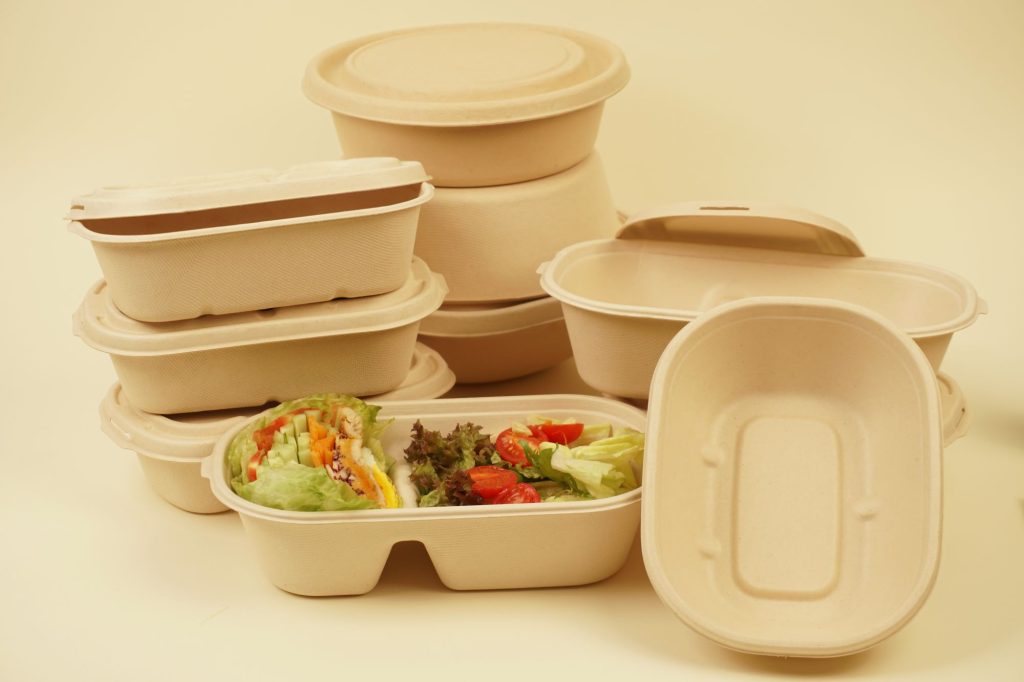
At InNature Pack, we specialize in molded pulp packaging made from bagasse — a renewable sugarcane fiber. Our products are:
- 100% PFAS-Free
- Plastic-free
- Biodegradable & compostable
- Suitable for both cold and hot food, with plant-based oil- and water-resistant barriers
Unlike packaging that uses chemical treatments to achieve performance, our materials and coatings are naturally safe, making them ideal for environmentally conscious businesses in the foodservice industry.
Identifying Viable Non-PFAS Materials
- Paper and paperboard
- Bioplastics (PLA, PHA)
- Plant-based materials (cornstarch, sugarcane)
- Nylon or silk for specialty uses
- PCR plastics
These alternatives usually perform equally as PFAS-based materials in terms of grease resistance and durability.
Performance, Cost, and Scalability Checks

Costs matter, too. Transitioning to new materials can result in increased costs or supply chain disruptions. Performing due diligence to ensure that potential suppliers can scale to your volume requirements saves all parties time and headache.
A complete cost-benefit analysis assists in balancing immediate costs with future benefits.
Vetting Suppliers: Due Diligence Tips
- Ask for PFAS-free test reports
- Check supply chain transparency
- Review food contact certifications
- Look for compliance with local and national rules
- Seek client references
Communicating Your Switch Transparently
Inform customers about your switch to PFAS-free packaging. Website and social media can all be powerful tools to communicate what your switch means and why it should matter.
Transparent, straightforward communication goes a long way in developing consumer trust and aligning with your brand values.
Conclusion
Switching to PFAS-Free packaging isn’t just about avoiding regulatory trouble — it’s about being responsible, forward-thinking, and customer-first. Consumers are more informed than ever, and demand packaging that is both functional and truly sustainable.
If you’re a buyer, wholesaler, or brand in the foodservice space, PFAS-Free packaging is no longer optional — it’s essential.
Ready to Go PFAS-Free?
At InNature Pack, we’re helping global businesses make the switch to sustainable molded fiber packaging with no harmful coatings.
Simply reply YES and we’ll send our PFAS-Free product catalog immediately.
Frequently Asked Questions
What are PFAS chemicals in food packaging?
PFAS are a class of synthetic chemicals that have been used in food packaging to make it resistant to grease, oil, and water. They are known as “forever chemicals” because they do not readily degrade in the environment or in the human body.
What does “PFAS-free” mean on food packaging?
PFAS-free” indicates the packaging is free from all added per- and polyfluoroalkyl substances. This is a step toward protecting your business and your customers from health and environmental risks associated with PFAS.
Are there safe alternatives to PFAS in food packaging?
Yes. Today, many suppliers can provide PFAS-free alternatives such as uncoated paper, plant-based coatings, and compostable materials, which help mitigate potential health risks associated with harmful PFAS chemicals.
Are all compostable food packages PFAS-free?
Not necessarily. Some compostable items still contain PFAS to improve grease resistance. Always ask for documentation or 3rd-party certifications.
How can I verify that packaging is truly PFAS-free?
Request documentation from suppliers, including third-party lab test results, that demonstrate no detectable PFAS in their products.
Do PFAS regulations only apply in the United States?
No. Although we have seen progress in the U.S. through state-level bans, Europe and other countries are increasingly taking action against harmful PFAS chemicals as well. Staying PFAS-free puts your business on the right side of history, both in the U.S. and globally.
